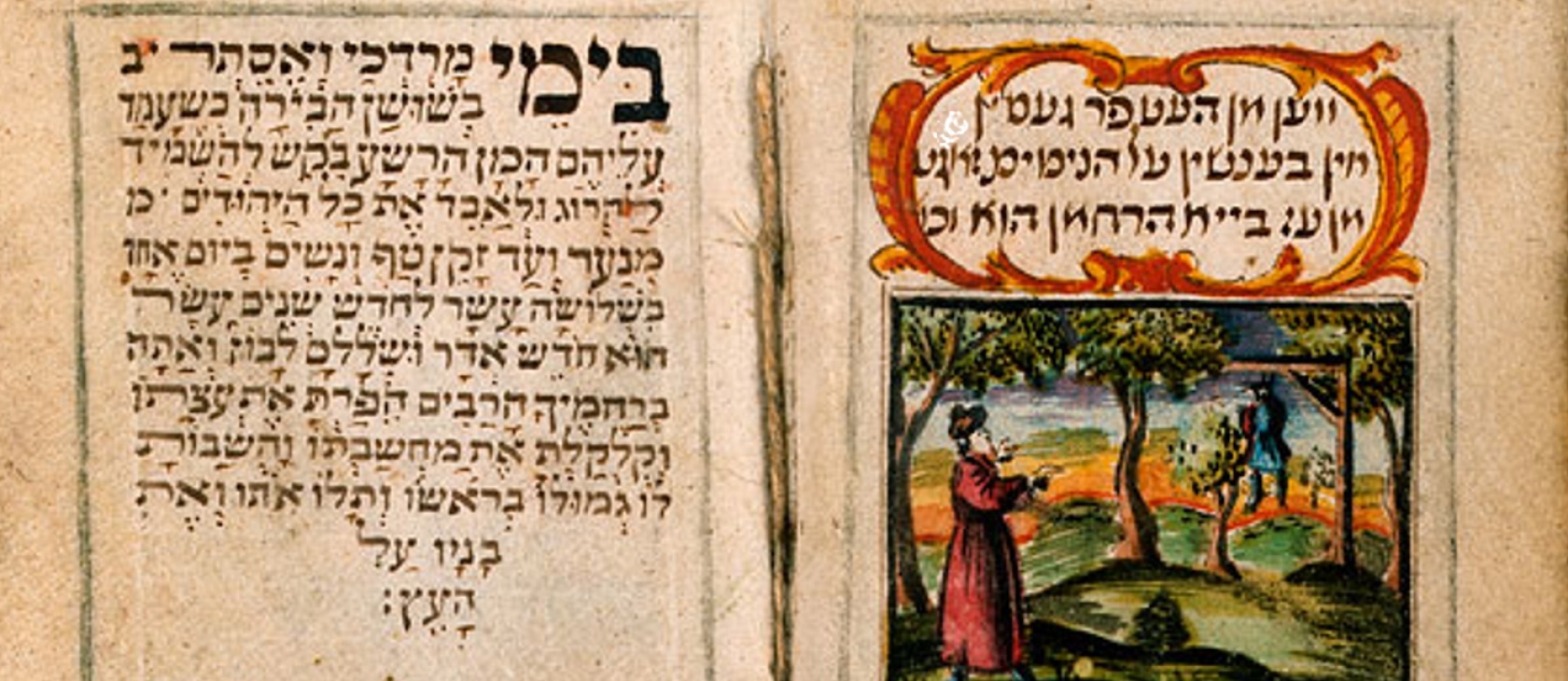This year in most of the world, the Jewish feast of Purim lasts from sundown on March 20 to sundown March 21. Here are the facts you need to know:
What is Purim?
Purim (pronounced “pooh-REEM”) is a celebration of the deliverance of the Jewish people from genocide in the Persian kingdom. This story, as recorded in the Book of Esther, says in brief that King Ahasuerus (Xerxes I) had a servant named Haman, who became incensed when a Jewish citizen named Mordechai refused to bow to him. In revenge, Haman convinces the king that “a certain people” living in the kingdom are disloyal. The king agrees to give Haman the right to exterminate the Jewish people, unaware that his new queen, Esther, is Jewish. She eventually confronts the king. Since no royal decree can be revoked, he issues a new proclamation giving the Jewish people the right to defend themselves. On the day marked for their extinction, the Jewish people wipe out their attackers. This took place in the fifth century B.C.
When is Purim celebrated?
Purim is a joyous Jewish festival celebrated every year on the 14th day of the Hebrew month of Adar. On 13 Adar, the Jews defeated their enemies, then feasted the next day. However, in Jerusalem and a few other walled cities like Shushan, the feast is observed on the 15th day of the month, because the Ketuvim says walled cities did not win their battles until 14 Adar. (See Esther 9:13-19.)
The dating of Adar is confusing, since seven out of every 19 years contains two months known as Adar, one of which occurs during these leap years. In those years, Purim is held in Adar II. (The same day in Adar I is the minor feast of Purim Katan.)
What does Purim mean?
The name Purim is the Hebrew word for “lots,” because Haman cast lots to determine the day he would eradicate the Jewish people from the kingdom (Esther 3:6-7).
How is Purim celebrated?
Observant Jews prepare to celebrate this joyous holiday by fasting from daybreak until sundown on the day before Purim in what is known as Fast of Esther (Taanit Esther), based on Esther 4:16. Purim begins that evening.
There are four commandments (mitzvot) for Purim, three of which are found in Esther 9:13-25:
- Listen to the full Megillah (the entire Book of Esther) in the synagogue, or read it, twice: once in the evening and again during the next calendar day, commemorating God’s deliverance. Each one of the 54 times Haman’s name is mentioned, the congregation will make noise (often by twirling a gragger) or yelling curses as a way to drown out his name;
- Give charity to the poor (Matanot LaEvyonim) to at least two poor people. In some places, no one is denied charity on this day;
- Send a ready-to-eat food to at least two friends (Mishloach Manot). By tradition, this is to be delivered by a third party, so streets in Jewish neighborhoods are often clogged during this time of year; and
- Eating and drinking a festive meal, which often includes generous servings of wine.
What other customs traditionally mark this holiday?
Purim is one of the most joyous celebrations of the Jewish calendar. People of all ages wear masquerade costumes and have parties. Families eat hamantaschen (or oznay Haman) – triangular-shaped pastries filled with poppy seeds or sweet filling, intended to represent Haman’s tricornered hat (or in some tellings, his ears) – although, as with other religions, modern speculation has attempted to vulgarize its symbolism. Some burn Haman in effigy. The day concludes with a family meal shared with friends. One rabbi said that those celebrating the festival should drink wine at dinner “until he cannot tell the difference between ‘cursed be Haman’ and ‘blessed be Mordecai.’”
Is there a special prayer for the occasion?
A prayer known as Al HaNisim. An English translation says:
In the days of Mordechai and Esther, in Shushan, the capital, when Haman, the wicked, rose up against them and sought to destroy, to slay, and to exterminate all the Jews, young and old, infants and women, on the same day, on the thirteenth of the twelfth month, which is the month of Adar, and to plunder their possessions; But You, in Your abundant mercy, nullified his counsel and frustrated his intention and caused his design to return upon his own head and they hanged him and his sons on the gallows.
Is there a specific greeting for Purim?
Jews may greet each other with the Hebrew phrase “chag Purim sameach” or the Yiddish phrase “Ah freylichen Purim,” which translate to “Happy festival of Purim!”
What is the message of Purim?
The holiday began as a way of “publicizing the miracle” of God’s preservation of His people (Megillah 18a). As centuries of anti-Semitic persecution unfolded, the holiday took on new depths of meaning. Modern Jews see a Purim miracle in the fact that Josef Stalin had a stroke on Purim (March 1, 1953); he died four days later. In 1945, American soldiers held a Purim celebration, a few days late, in a castle that once belonged to Joseph Goebbels.
For lovers of liberty, this Jewish feast is also a holiday celebrating religious liberty and tolerance, as God triumphs over government persecution.
Related:
FAQ: What is Sukkot, the ‘Feast of Tabernacles’?
A Jewish perspective on justice, for Rosh Hashanah
Further resources from the Acton Institute on Judaism and economics:
Judaism, Law & the Free Market: An Analysis by Joseph Isaac Lifshitz
Judaism, Markets, and Capitalism: Separating Myth from Reality by Corinne Sauer and Robert M. Sauer




